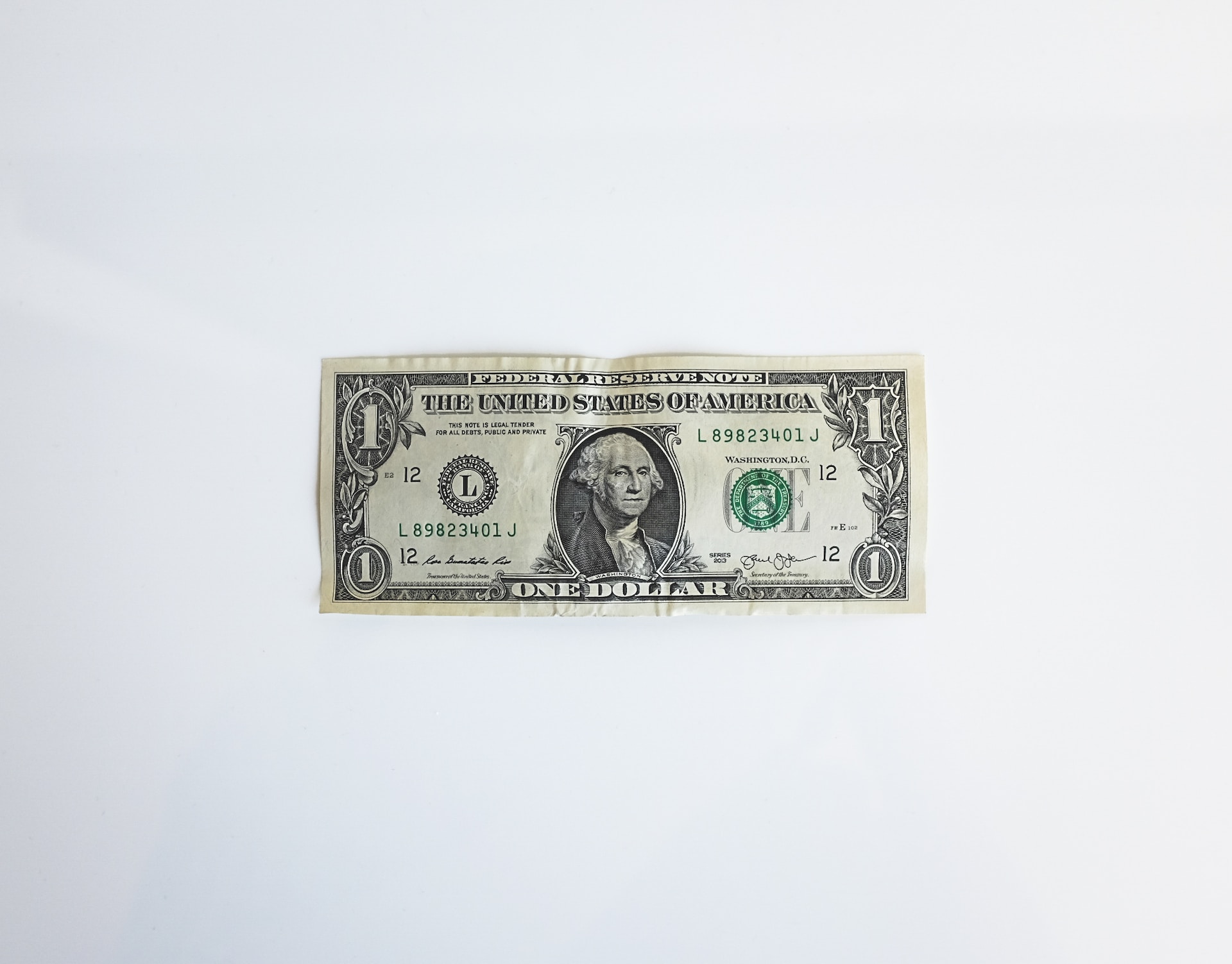On Thursday, the Turkish Lira dropped to a record low against the US dollar to 18.9620, as investors were weighing the economic consequences of the earthquakes that had happened in the previous month.
There is also uncertainty due to the parliamentary and presidential elections scheduled to take place on May 14th.
The problems
This is due to the fact that the elections’ outcome would determine if the country would continue with the unorthodox policies introduced by President Tayyip Erdogan, or not.
The opposition has promised orthodox policies. Separately, Turkey’s Treasury also said that the total borrowing from international markets this year had climbed to $5 billion.
This was after it had borrowed a Eurobond issue worth $2.25 billion, which would mature in 2029. Investor yields in the latest issue stood at 9.50%, which was lower than the Eurobond in January at 9.75%.
Investors in the UK had bought one third of the issued amount, which is 20% more than US investors.
The currency
Since August, the Turkish Lira had remained mostly stable because the authorities had been monitoring the forex market.
This included a decline in reserves worth $9.4 billion since the first earthquake occurred in the beginning of February.
In recent years, the government has dipped into reserves as part of its unorthodox economic policy, particularly after the currency suffered a historic collapse in 2021.
There are several ways in which the central bank boosts its reserves, which includes demanding exporters to sell some part of their revenues to the monetary authority.
Foreign reserves
A number of steps had been taken by the authorities for cooling down the Forex demand after the earthquake hit, which had widened the spread in the gold and forex trades.
According to many bankers, the pressure would decline thanks to incoming international aid.
On Thursday, the European Bank for Reconstruction and Development said that it would invest about $1.6 billion in the coming two years.
In 2022, the Turkish Lira lost about 30% against the US dollar and 44% in 2021. It is expected to remain close to 19 until the election cycle ends.
